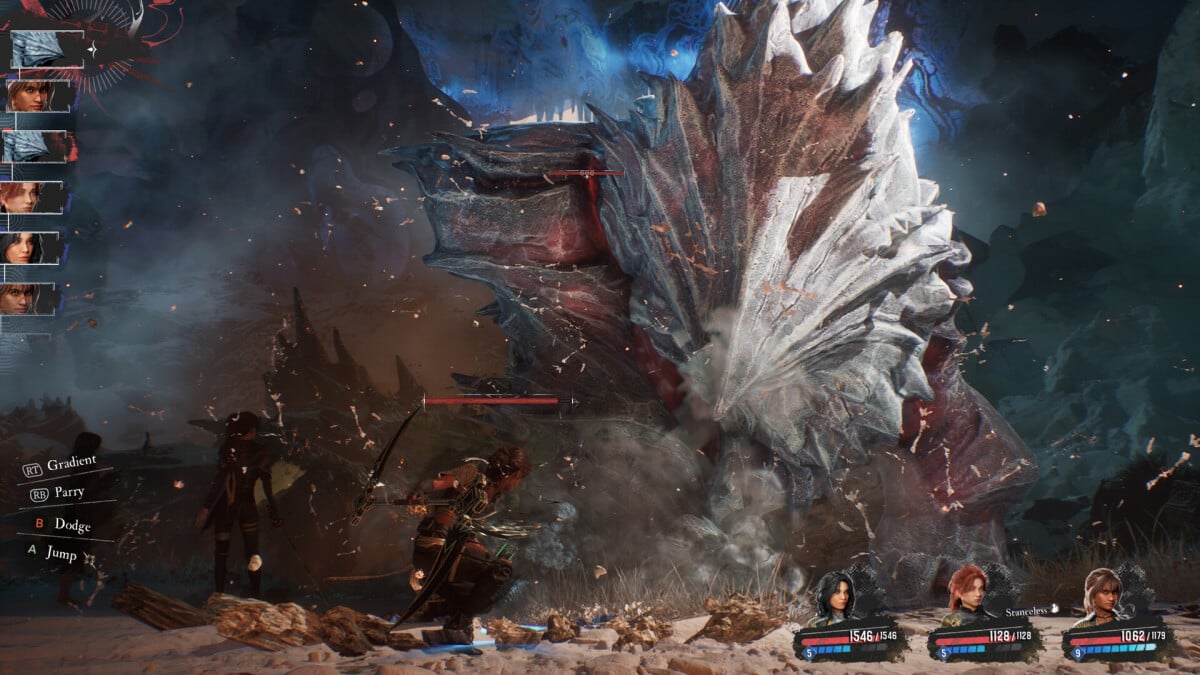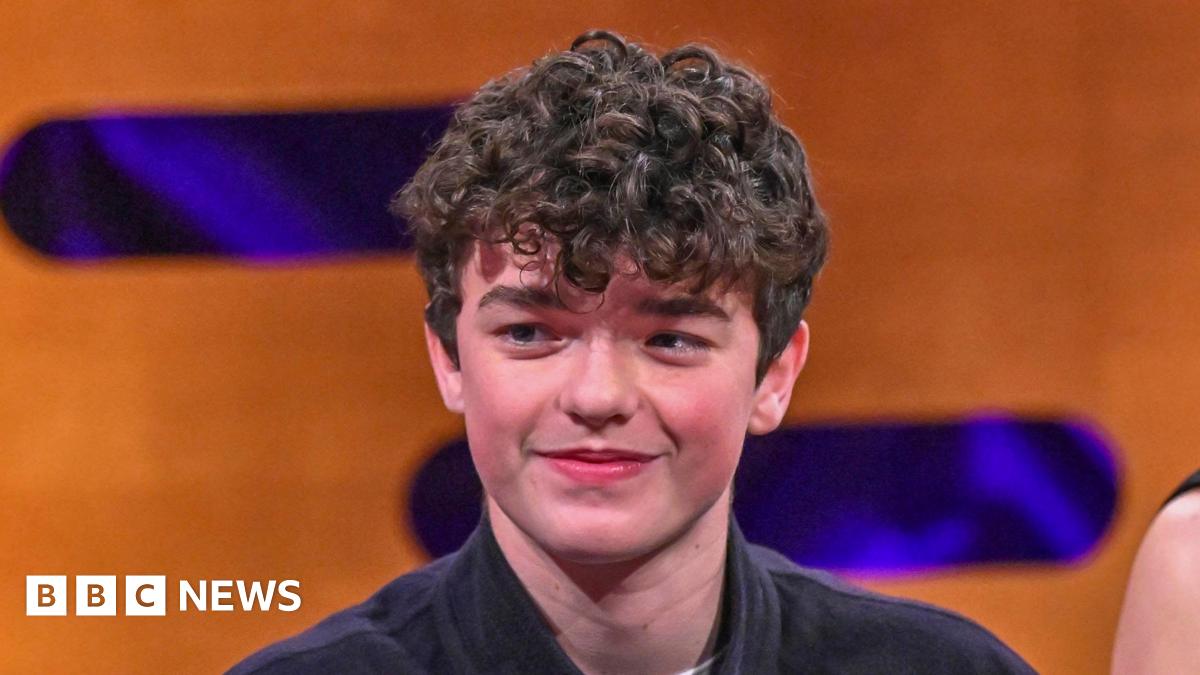Amanda Seyfried and Sydney Sweeney in The Housemaid.
Lionsgate
…

Amanda Seyfried and Sydney Sweeney in The Housemaid.
Lionsgate
…

Berkshire Hathaway started off as a textile business until Warren Buffett transformed it.
Richard Drew/AP News
hide caption
toggle caption
Richard Drew/AP News
With an unprecedented decades-long run of success, Warren Buffett is retiring on December 31, 2025. Buffett’s turning point began with the acquisition of a failing textile mill called Berkshire Hathaway. What began as a “terrible mistake” became the foundation for his empire. Today on the show, how did Buffett become this legendary figure?
Related episodes:
Planet Money Summer School 2: Index Funds & The Bet
Brilliant vs. Boring For sponsor-free episodes of The Indicator from Planet Money, subscribe to Planet Money+ via Apple Podcasts or at plus.npr.org. Fact-checking by Sierra Juarez. Music by Drop Electric. Find us: TikTok, Instagram, Facebook, Newsletter.


A Russian general has been killed in a car bombing in Moscow, officials have said.
Russia’s Investigative Committee said Lt Gen Fanil Sarvarov died on Monday morning after an explosive device planted under a car detonated.
Sarvarov, 56, was the…

The Indie Game Awards has stripped Clair Obscur: Expedition 33 of both its Game of the Year and Debut Game awards, citing the roleplaying game’s use of generative AI.
Run by Six One…

Like many friendships, Jesse Singer and Dan Elkayam’s had its own rituals.
“Whenever it was a sunny day, we’d message each other throughout the day to see if we could finish work as early as possible and get down to the beach to play…

Cooper was selected for the pivotal role after years spent at weekly drama classes in Manchester, where teachers said their “eyes were just drawn to him”.
Speaking about the Emmy ceremony, where the cast and crew memorably celebrated, external…

Panic erupts in the McCallister household as soon as the day begins. The parents’ alarm clock never rings, bags and coats spill across the floor, and the family barrels out the door to catch a flight to Florida.
The pandemonium intensifies at the…